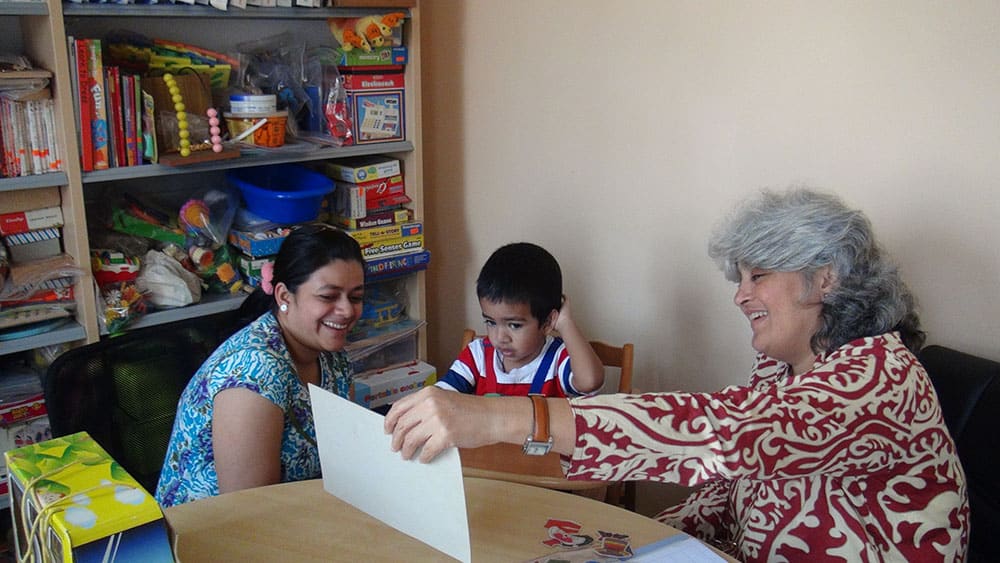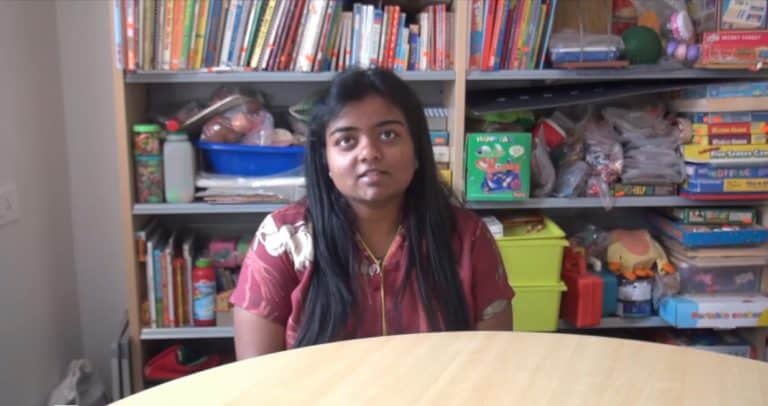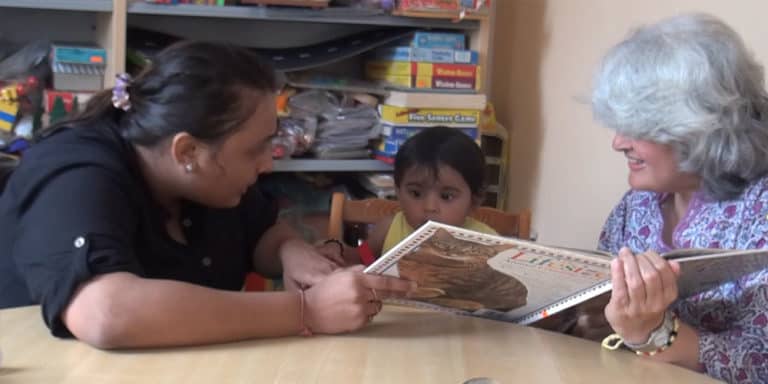Moving On
A question I get asked frequently by therapists is how to get beyond the early goals so as to keep the child moving along in Auditory-Verbal Therapy.
The short answer to that is by implementing session targets that are consistent with developmental milestones in children with typical hearing across all 5 domains of Audition, Language, Cognition, Speech and Communication, as stated in Principle 7 of The Principles of Auditory-Verbal Therapy. Informal and formal assessments that evaluate the child’s progress on an on-going basis, as stated in Principle 9 of The Principles of Auditory-Verbal Therapy, provide the objective measures we need to quantify and track that progress.
The reality is that we have several intervening months of therapy that we must manage and plan for in a manner that dovetail with both Principles 7 and 9. How do we do this?
This brings me to the long answer: it all lies in Pacing!
Pacing:
We know that for children with congenital hearing loss, the developmental lag begins in-utero and that we are playing catch-up. Simple mathematical calculation tells us that 12 months of developmental progress in 12 months of calendar-time, will slow down the developmental lag. However, if the goal is to facilitate age-appropriate development, then Auditory-Verbal Therapy must facilitate more than 12 months of developmental progress in 12 months of calendar-time.
This provides the rhythm to our session planning, giving due weightage to the individual child’s pace of learning and the family’s ability to sustain follow-up.
Children with additional difficulties will have a pace of learning that differs from those children with hearing loss who do not. However, even within the constraints of those additional difficulties, the child must progress and the family must be aligned with this pace of learning.
Breaking this down further into weekly Auditory-Verbal Therapy sessions, the questions I am constantly asking myself as I work through therapy with family and child are:
- Are the activities that I have planned for this session sufficient and are they sufficiently varied to stimulate the child and sustain his interest?
- Did I transition smoothly to the next activity in-session?
- Did I transition the child from one activity to another before she tired of it?
- Was I thinking on my feet fast enough recognising when to scale down the level of presentation and then work back up to the planned level of complexity in-session?
- If not, why not?
This is my tool kit to keep my sessions in Auditory-Verbal Therapy humming. What is yours ?



